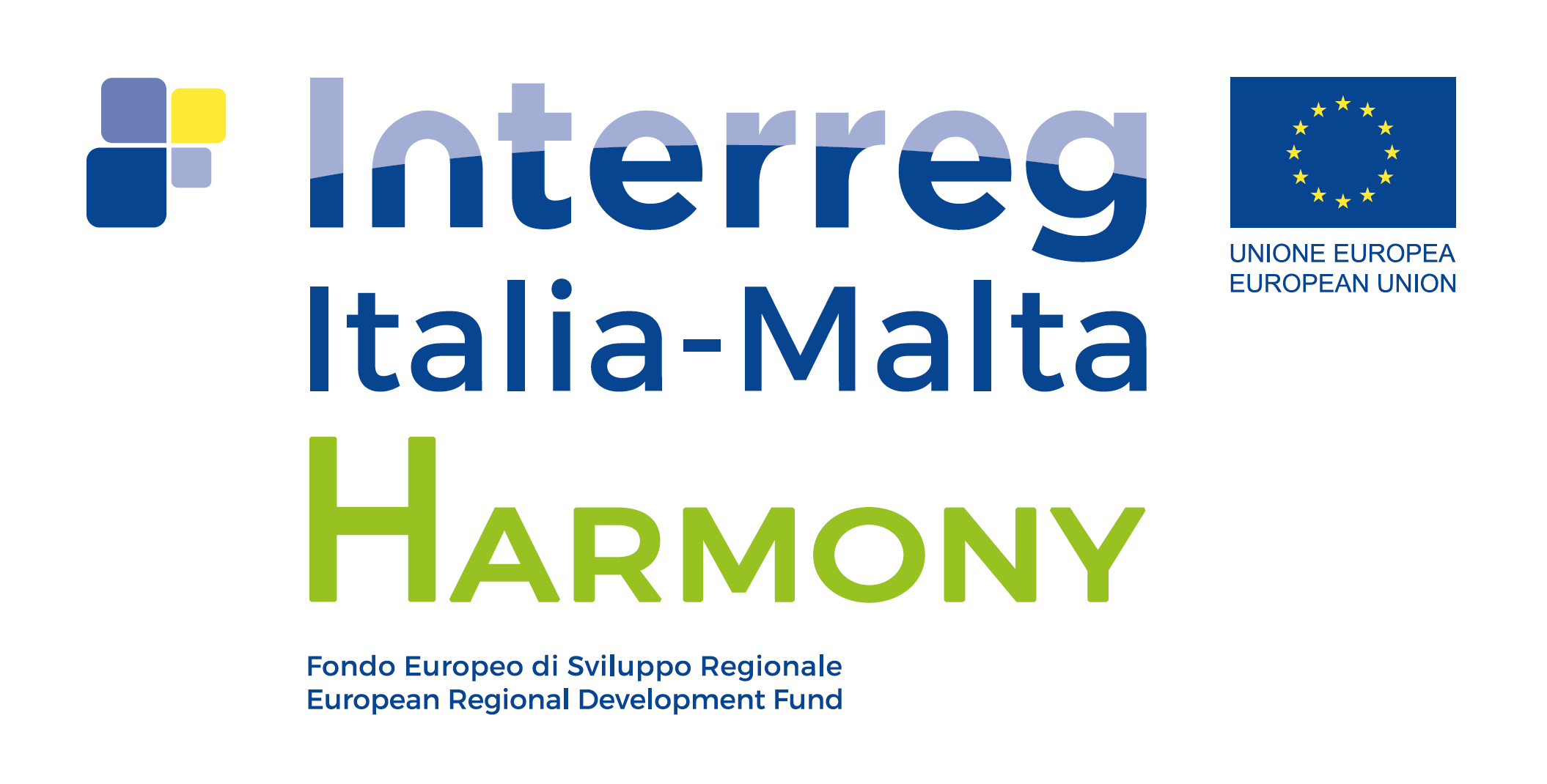Communication
Promoting the HARMONY project through video: an underwater clip for social media
Alan Deidun - March 2020
As explained in the newsletter n.1, one of the actions within the HARMONY project is to develop and implement monitoring activities investigating the seabed integrity and non-indigenous species in Maltese and Sicilian waters. Another important aspect of this project is to disseminate the techniques developed and the information gathered, both to interested stakeholders and researchers, and also to the general public. To this end, the University of Malta has released an underwater clip in the form of a very brief but illuminating documentary, which can be seen on YouTube (English; Italian). In this clip, one can appreciate the work which is being done to monitor the Posidonia meadows, the maërl beds, and vermetid trottoirs of the Maltese Islands, as well as admire the beauty of our sea and coastline.
The SCUBA trips for monitoring the meadows of the marine plant called Posidonia oceanica (Neptune’s seagrass) feature in the clip. These trips involved transect monitoring (looking at the biotic communities along lines and measuring tapes to investigate any spatial trends, especially with regards to the occurrence of fragmentation), as well as coring to look at the organisms living within the sediments associated with Posidonia growth.
The maërl beds (purple-pink hard coralline algae that forms loose living underwater pebble-like rhodoliths on the seabed) were investigated with the help of a remotely operated underwater vehicle (ROV, a tethered underwater mobile device), which was purchased with the project’s funds. The ROV was used to map the distribution of maërl bed assemblages within a local Marine Protected Area (MPA) off the North-East coast of Malta. These beds are extremely important to the integrity of our seabed because they are the habitat for several different organisms and are associated with a high level of marine biodiversity. Maërl beds act as nursery areas for the juvenile stages of several species of fish, offering physical protection from predation as well as serving as food. Unfortunately, maërl bed assemblages are easily damaged by trawling activities.
On the other side of the sliding scale, vermetid trottoirs are a very different kind of biogenic structure, being present and accessible from the coast. These familiar structures are often, and unfortunately, overlooked by the local populations and general public. The result of very interesting and unique gastropod molluscs (called Vermetidae, or worm snails, which produce and release a substance very similar to cement, in which they embed their shells, with colonies of worm snails eventually developing substantial structures made of this cement-like substance and the bulk of their embedded shells), these structures are being investigated and given the attention they deserve through fieldwork techniques such as quadrat analysis (quadrats being square frames, used in ecological studies to sample vegetation and slow-moving animals).
The principal investigator at the University of Malta within the HARMONY project is Prof. Alan Deidun, who is assisted on the project by colleagues Dr Adam Gauci and Dr Anthony Galea. Staff from ERA (Environment and Resources Authority) actively participated within the same surveys.
